The Army, to the east advanced north of Pago Bay and took the eastern end of the Agana-Pago Bay Road. Then General Geiger ordered a pursuit as quickly as possible to prevent the Japanese from digging in.
The Army's advance on the east side of Guam had the 307th Infantry on the left and the 305th Infantry on the right.
A soldier recalls the drive to the east:
"The distance across the island is not far, as the crow flies, but unluckily we can't fly. The nearest I came to flying was while descending the slippery side of a mountain in a sitting position. ... After advancing a few yards you find that the handle of the machine gun on your shoulder, your pack and shovel, canteens, knife, and machete all stick out at right angles and are as tenacious in their grip on the surrounding underbush as a dozen grappling hooks. Straining, sweating, and swearing avails you nothing. ... The flies and mosquitoes have discovered your route of march and have called up all the reinforcements including the underfed and undernourished who regard us as nothing but walking blood banks. We continue to push on." ... Guam Operations of the 77th Division
Advancing toward Barrigada, the 307th Infantry and the 706th Tank Battalion encountered Japanese resistance along with tanks around the water well on 2 August. That night the Japanese with drew from Barrigada which was taken the next morning by the 307th.
After an artillery barrage, the 307th took Mount Barrigada on 3 August. On the extreme east, the 305th blazed trails through the jungle while advancing north on top of the northern plateau of Guam. That night, small groups of Japanese harassed the Army's front lines.
To the west, the 9th Marines captured Tiyan Airfield on the morning of Aug. 2. The next day, Aug. 3, the 9th encountered and captured a major Japanese strongpoint at Finegayan; that night, the Japanese counterattacked but were repulsed.
On 4 August, the 21st Marines took over the center of the Marines' line. On the evening of the 4th, the 9th Marines reached a Japanese roadblock along the Finegayan-Barrigada Road while the 3d Marines had reached Naton Beach on Tumon Bay.
On the 4th, the 307th advanced along the road to Finegayan to regain contact with the Marines to the north. Three road blocks were attacked with two taken from the Japanese. However, the third was held by the 9th Marines. In a case of mistaken identity, a firefight erupted and seven Marines were wounded but the two forces were linked up again.
On the east, the 305th battled the jungle more than the enemy as several units became confused and lost. Nevertheless, by the end of 4 August, the Army advanced north to Pagat.
On the 5th, the 306th Infantry replaced the 305th on the Army's left while the 305th Infantry continued its floundering advance through the heavy jungle on the right.
On the night of 5 August, a few Japanese tanks attacked a portion of the 305th line and then escaped. The next day, while advancing, the 305th encountered severe firing from two Japanese tanks, but finally took the area with mortar support. On the left on the 5th, the 306th advanced from the east side of Mount Barrigada and encountered Japanese opposition when the Yigo Road was reached. Again advancing on the 6th, a concealed Japanese tank was found during the advance toward Yigo. By the end of the day, the 305th retook a position in the advancing line, this time in the center.
On Guam's western coast, during 5-6 August, the 3d and 21st Marines advanced north with little opposition reaching as far north as Ague on the western coastline. However, the 9th Marines fought to clear over 700 defending Japanese at Finegayan on the 5th with renewed scattered resistance on the 6th.
"The elimination of 737 Japanese around the Finegayan positions broke the outer ring of Mt. Santa Rosa defense. ... The action also cleared the key road. ... This would now permit the movement of equipment and supplies to all corps units with less difficulty. The four days of close, almost hand-to-hand combat, however, had resulted in 18 Marines being killed and 141 wounded." ... Maj. O.R. Lodge, Recapture of Guam
After attacks by P-47s and B-26s flying from Saipan and bombardment by offshore warships, the 305th and 307th Infantry attacked Mount Santa Rosa on the 7th and took the mountain on the 8th.
One Japanese officer later wrote:
"The enemy airforce seeking our units during the daylight hours in the forest, bombed and strafed even a single soldier. During the night, the enemy naval units attempting to cut our communications were shelling our position from all points of the perimeter of the island, thus impeding our operation activities to a great extent." ... Japanese Defense of Guam
The 706th Tank Battalion, driving north along the Yigo road encountered Japanese resistance on the 7th which was cleared the same day. The Japanese counterattacked the 306th Infantry the night of the 7th, but was repulsed. By night of the 8th, the Army was north of Yigo at Salisbury and Anao.
On the left, the Marines advanced now with the 1st Provisional Marine Brigade now on the left. On the 7th, the Third Marines overcame a roadblock of anti-tank guns and another on the 8th.
"The capstone to the good news of 7 August was furnished by planes of MAG-21. During the day VMF-225 began flying routine combat air patrols from Orote, relieving Navy planes of this responsibility. ... With its own air defense garrison in operation, Guam was a long step forward in its development as a major Allied base for further moves against Japan." ... Central Pacific Drive, History of U.S. Marine Corps Operations in World War II
Source
continued below...
Subscribe to:
Post Comments (Atom)
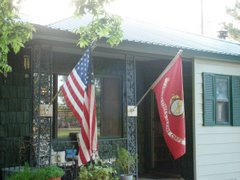

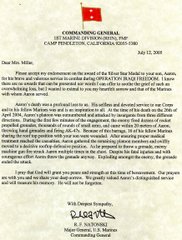
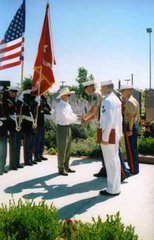


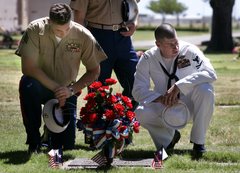

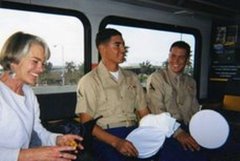

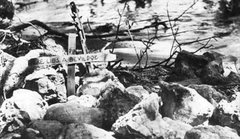


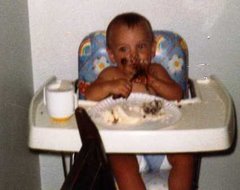


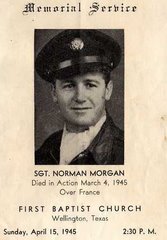
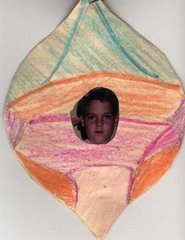


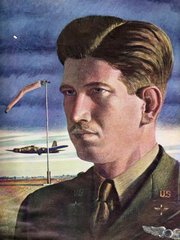
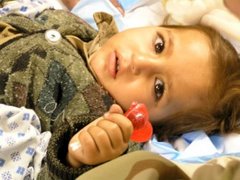

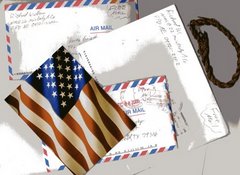

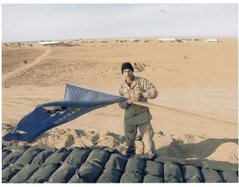


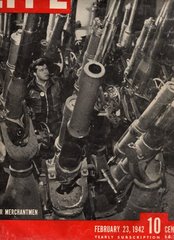


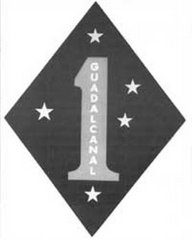
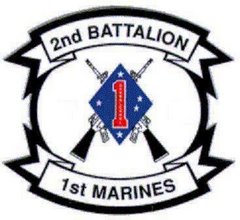




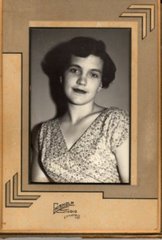

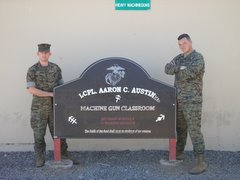

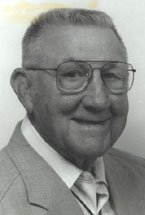

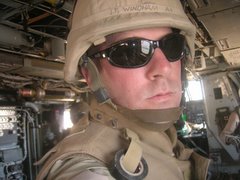
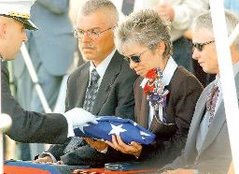


2 comments:
A lot of the evidence of these battles is still there. I spent a year and half stationed there when I was on security forces duty as a very, very young Marine. 1988-90.
A ton of history there.
We may have to do some of the history there. You've got me interested.
Thanks, Gunz. '88 is the year I went in.
Post a Comment